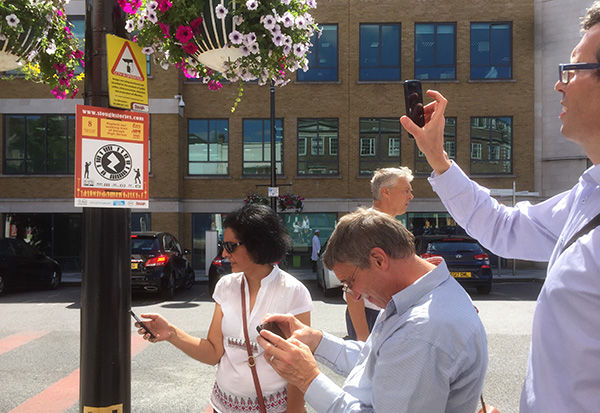
How do we bring the memories of a time past, to a new generation growing in a world of technology, disconnected from an era they cannot imagine?
I was lucky enough to be involved with a local history project about the Slough High Street, and this blog will explore how we used Augmented Reality solutions to deliver the results of a Young Roots Local Heritage project supported by the Heritage Lottery Fund, UK.
Slough Museum worked with a local school, Grove Academy, and Slough Young Peoples Service to explore the stories and landmarks around the High Street that have been lost due to repeated developments. The tech partner for the project was Immersive Computing Labs, based in Slough. Augmented Reality solutions are a great new way to support local heritage projects, and so far, local museums are getting quite excited about these kinds of projects.

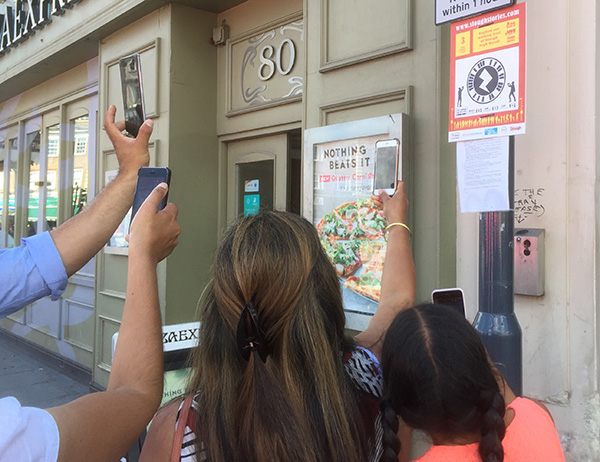
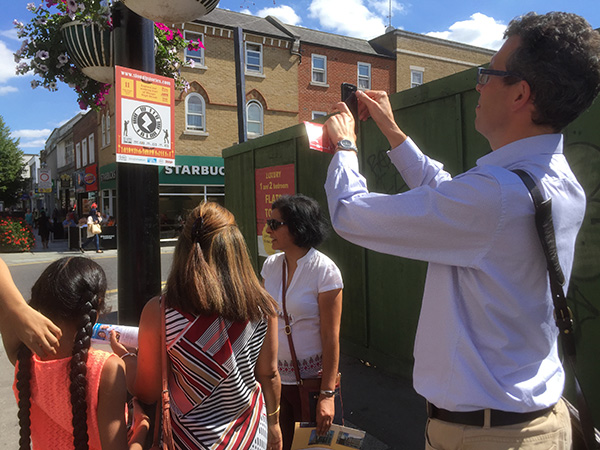
Each Local History Project is Unique
Each town is unique and has its own special needs and offerings. Slough has suffered from a lack of local continuity caused by an incessant habit of bulldozing old buildings and key social venues to make way for new office blocks. This is great for the local economy but the result on the ground is a constantly changing environment. Added to this, the thriving economy is powered by immigration, so Slough is all about change, and that never seems to stop.
It is one of the most successful economies in the country with an unemployment rate of only 1.4% (2017 national average is 4.5%), second only to London for the highest concentration of global headquarters, and one of the UK’s most popular rental hotspots. Slough may be driven by economics, but this leaves the local population missing out on heritage, arts and cultural activities. Identified by the Arts Council in 2015 as one of the areas in the UK with some of the lowest access to the arts, and winning a funding bid to remedy the situation. Since Slough is the most ethnically diverse area outside London, with 150 different languages spoken here, it seems that there is plenty of potential for a cultural hotspot as well and economic one.
Most inhabitants of Slough would agree that the heritage of Slough has also not been a priority, even the local Slough Museum has no venue! The Herschel’s are famed for the discovery of the planet Uranus, various comets, and formulating a theory of stellar evolution, but the building and it history were not considered a national treasure, thus Herschel House was demolished to make way for offices. The famed Granada Cinema similarly demolished for more offices, the list goes on. For the local inhabitants who have been here for generations, the frustration is palpable. The town may be on a mission to make money, but the inhabitants are trying to build their personal and family histories, sink their roots and create consistency through the generations that have been here.
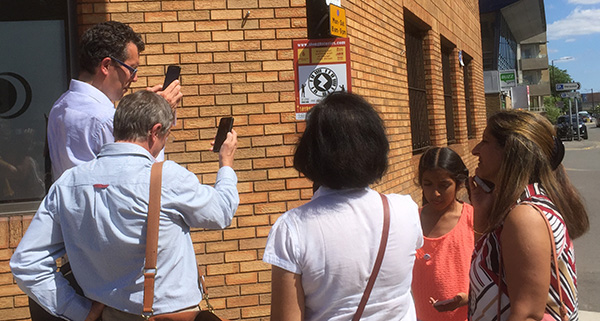
The Slough High Street Local History Trail
This is the perfect environment to explore ways of touching base with a past that is always soon to be lost, enabling a sense of consistency in an ever-changing town.
Concentrating just on the High Street, historical photos were unearthed, and volunteers photographed the same view today. The older, longer term inhabitants of Slough were interviewed by the younger generation, stories of how life used to be, memories associated with buildings now gone. “..that’s where I asked my wife to marry me…”, “…we used to go there every Saturday afternoon, that was our only entertainment for the week back then…”. Young people videoed each other describing what they thought of their town and High Street. They made drawings and pictures in response to local public art works and memorials. They even made Virtual Reality Tilt Brush drawings in response to a high street art piece.
Soon a huge body of interviews, photos, drawings, videos and artworks were gathered. And as you can imagine finding a way of delivering this and making it accessible to the public was going to be a challenge. In a project like this the process itself is a huge part of the outcome. However, being able to display the outcome of all this exploration and learning, is necessary to both celebrate the work done and further engage the public in the topic. Thus everyone can enjoy exploring the local heritage. But how do you get this experience out to the people, especially when you don’t even have a venue for your museum?
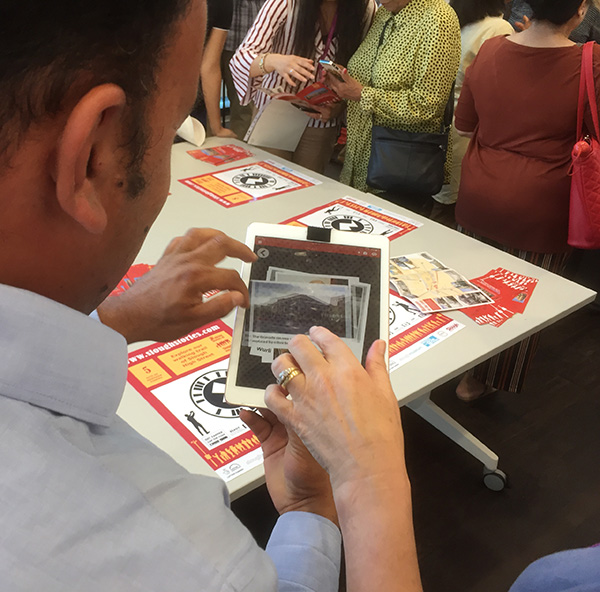
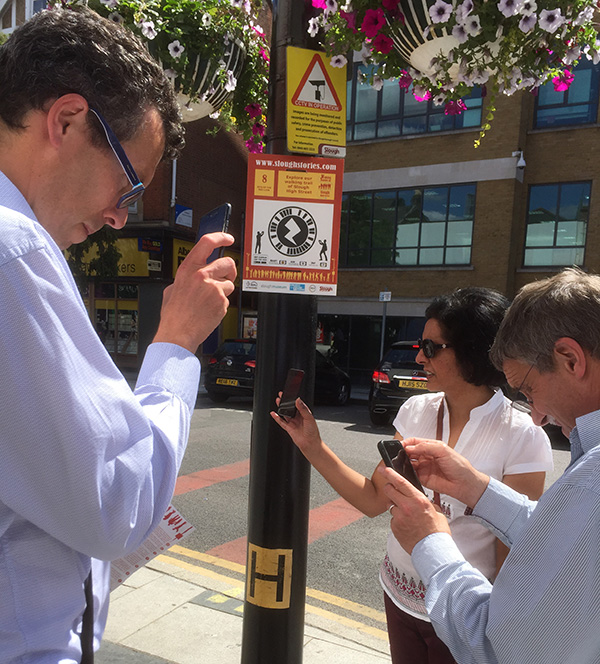
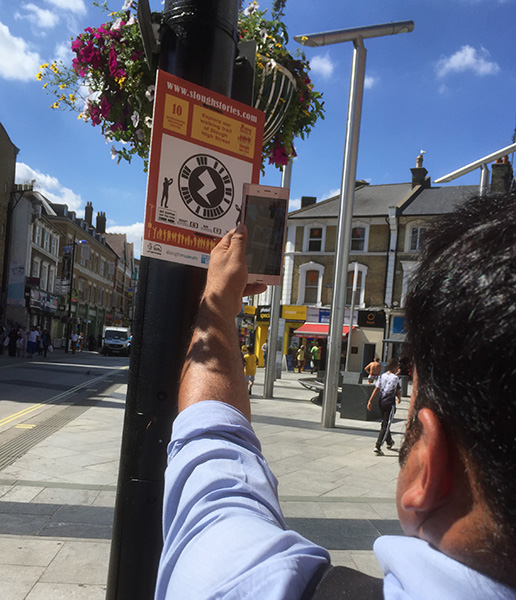
The Augmented Reality Solution
This is where Augmented Reality comes into its own. What we really wanted to be able to do was show the content relevant to each site at that site, to people as they passed by. But how on earth can you do that?
First we organised the route of the trail based on the sites that needed to be shown, and selected the content for each site.
Next we chose an Augmented Reality App that would allow us to deliver the content for each site. In this case we chose to use the Zappar App .
Then we placed a board at each site with a unique Zappar Code on it, so that people passing by could use the free Zappar App on their smart phone to see this content.
In the Zappar developer panel we loaded all the content for each site along with its unique zappar code, making sure that the content was optimised for speed, as it will be using the users mobile data.
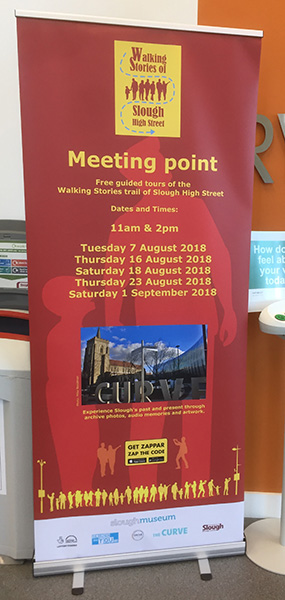
So in use there are scheduled walks along the route for people to go in groups, or individuals can scan a code as they pass by whilst shopping. Each board, and the advertising material tells people to download the free Zappar App, then using the app scan the code on any board they see. When they do this they first start to hear an audio track of a story told by someone about that very spot, the landmarks that used to be there, things that happened there, memories inspired by that place. At the same time the user can see on their screen a gallery of images related to that spot, historic images of the place, images from the more recent past, events there, artworks made about the historic significance. There is also a short video made by the young people about their hopes and experiences of the area. You can access this projects website at SloughStories.com.
With this we were able to take the content to the people, were they were, right where the content needed to be shown, using hardware that our audience already owns. Essentially making links not only between the current High Street and its older counterpart, but also between the stories and memories of the older generation of Slough and its younger counterpart, who delight in the joys exploring the world through technology.
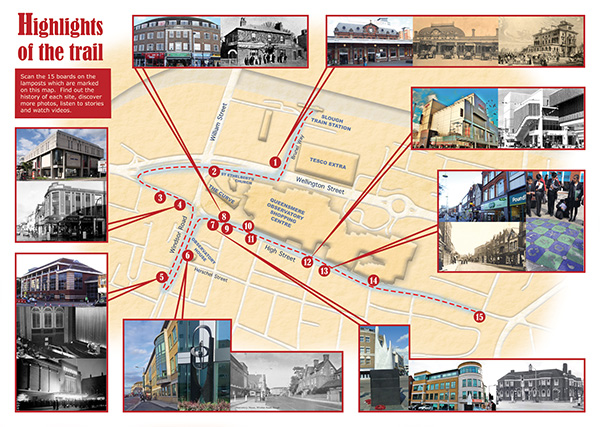
As a user, it is an enriching experience to walk about the high street listening to stories from the past, looking at historic photos of that spot, and feeling a connection to people, laughing at what hasn’t changed, and wondering at what will be here in the future.
How would use this in your town, what would you like to find out about at different sites around town? Please leave a comment bellow.
Thanks for reading.
